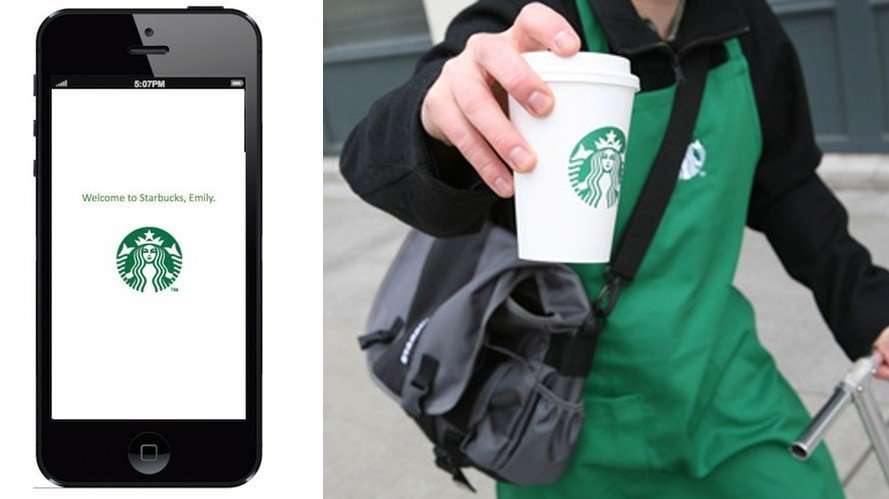

The Investor Day, the naming of a new CEO and a China reopening. The stock isn't exactly cheap at 27x earnings, but you have a few potential catalysts on tap. China is obviously a question mark as COVID-19 mobility restrictions and limits on in-store dining have hurt business, but trends immediately improved following Shanghai's reopening in early June.

I also liked hearing about the huge opportunity the company sees in cold beverage, which makes up 75% of total beverage sales in the United States. Importantly, Starbucks has not seen any trade down at its stores, as it appears that the daily routine of buying Starbucks coffee is something people do not want to give up. It also helps that the company reported earnings Tuesday night and the results look strong, with North America comparable sales up 9% with ticket growth up 8%. At the company's investor day in September, Schultz plans to showcase how accretive to the business this reinvention plan will be, setting up Starbucks for a strong FY23 and beyond. But longer term, Starbucks believes the investments will pave its way to a stronger, more profitable growing company. The big debate is, what impact on margins will these investments have? Of course, near-term margins will be limited by this increase in spending. In essence, Schultz wants to make it a better place to work and to visit.

Another is investments to improve efficiencies, speed of service. Accelerating new store growth with a focus on drive-throughs is one. So instead of buying back stock, Starbucks is increasing investments in the business - innovation around technology and personalization. Schultz does not believe a 10% return on that capital is enough. Starbucks believes buying back shares returns, on average, about 10%. Shareholders may have groaned about this at first, but it looks like this decision was made for a great reason. Keep in mind, one of the first things Schultz did when he returned as CEO was suspend the buyback. Now we are thinking about getting back after hearing more and more about the improvements that founder and interim CEO Howard Schultz is making to the business. This past May, SBUX hit a 52-week low at $68.39 and closed Wednesday at $87.27. That was near its all-time high of just over $126 in July 2021. We sold in May 2021 at around $110 per share. We were in SBUX previously and made a lot of money on it. The current makeup of the portfolio may also delay an initiation in order to keep it diversified. Before initiating a position, we are typically waiting for either certain events to unfold - both company-specific and macro-oriented - or a more attractive entry point. We're analyzing and looking for opportunities to buy these stocks, but there's no guarantee when, or if, we'll initiate a purchase. Also, adding a stock to the Bullpen does not necessarily mean we would buy it at the current price. These are companies we view as high quality and will monitor outside the current portfolio. The Bullpen is a collection of stocks identified by the Club team as having the potential to join Jim's Charitable Trust, whose holdings serve as our portfolio. As the baseball metaphor suggests, it consists of stocks in reserve that we might consider buying and adding to our portfolio. Jim Cramer announced them in Thursday's "Monthly Meeting." The Bullpen should be treated like a watch list of sorts and an outside area to perform homework and due diligence. We're adding four stocks to our Investing Club Bullpen, including Starbucks (SBUX) and Airbnb (ABNB).


 0 kommentar(er)
0 kommentar(er)
